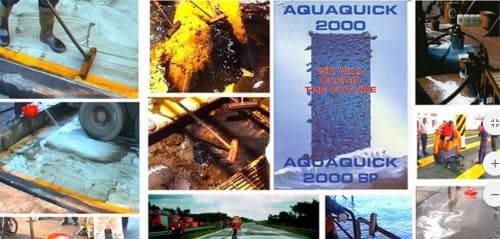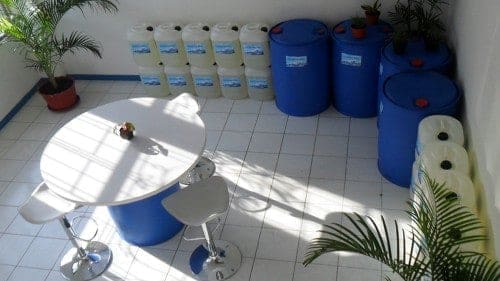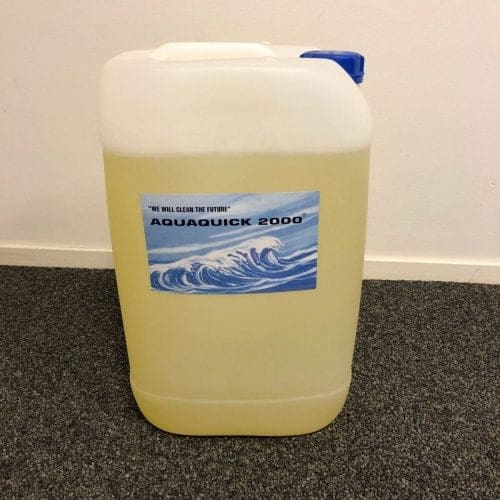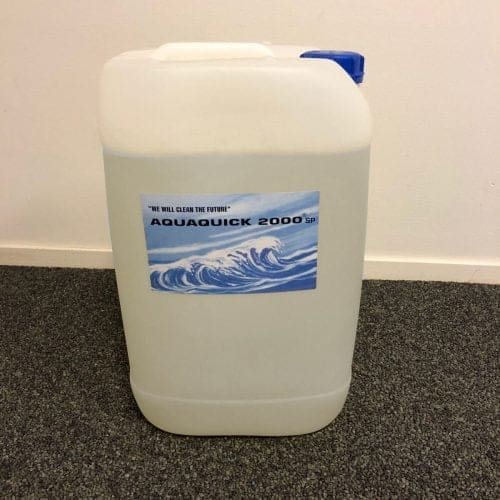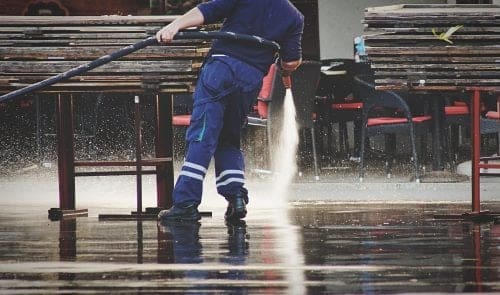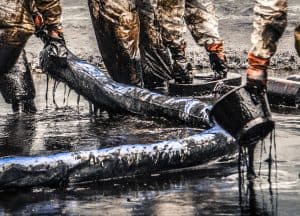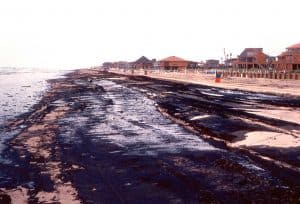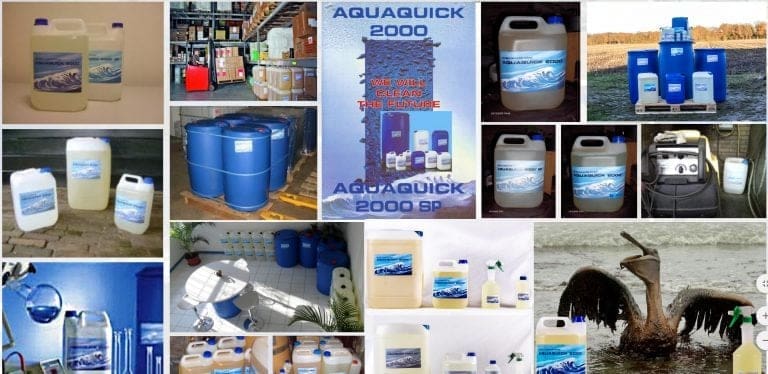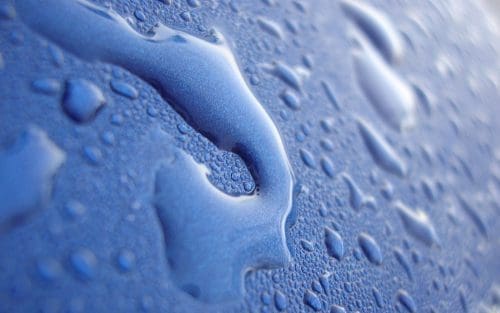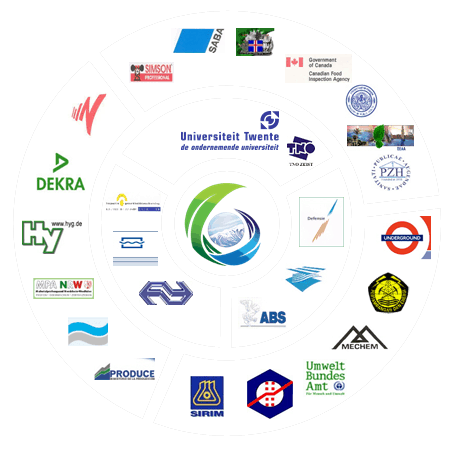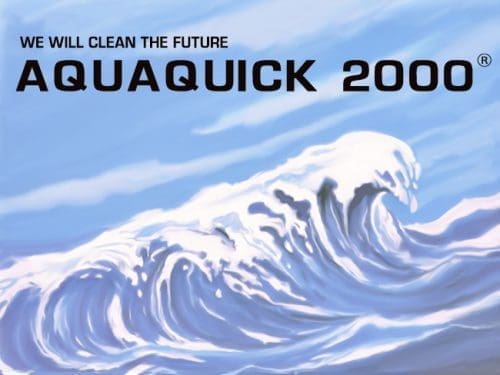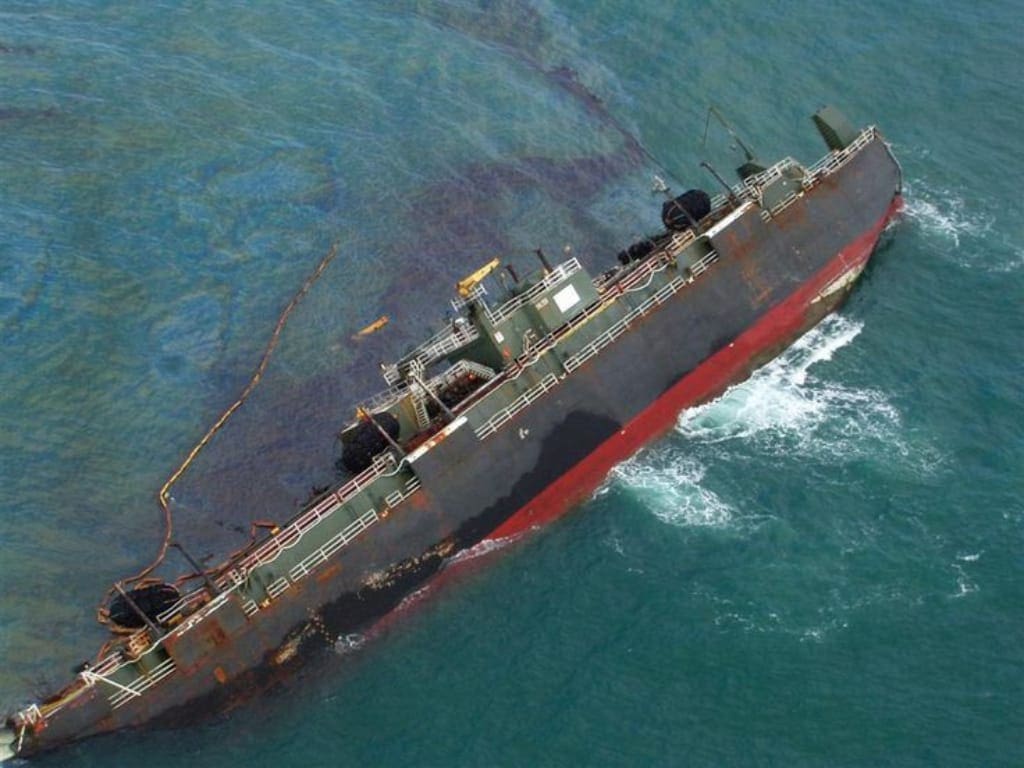Shoreline spills are environmental hazards that can severely impact marine and freshwater ecosystems. These spills occur when oil or hazardous substances contaminate shoreline areas due to accidents during production, transportation, or storage. Addressing these spills promptly and effectively is essential to protect the environment and maintain ecological balance.
What Are Shoreline Spills?
Shoreline spills involve the release of oil or hazardous chemicals into coastal or freshwater shorelines. These incidents can occur due to vessel collisions, pipeline ruptures, or equipment failures. Once oil reaches the shoreline, it poses severe risks to aquatic life, plant habitats, and human communities reliant on these resources.
Types of Shoreline Spills
- Oil Spills: The most common type, involving petroleum products like crude oil and fuel.
- Chemical Spills: Involving hazardous chemicals from industrial processes.
- Debris Spills: Including plastics and waste materials that contaminate shorelines.
Causes of Shoreline Spills
Understanding the causes of shoreline spills helps in developing preventive strategies. Some major causes include:
- Marine Accidents: Vessel collisions, groundings, and equipment failures.
- Pipeline Leaks: Aging pipelines or poor maintenance leading to leaks.
- Natural Disasters: Hurricanes, floods, and earthquakes causing spills.
- Human Error: Mistakes during oil transportation, storage, or handling.
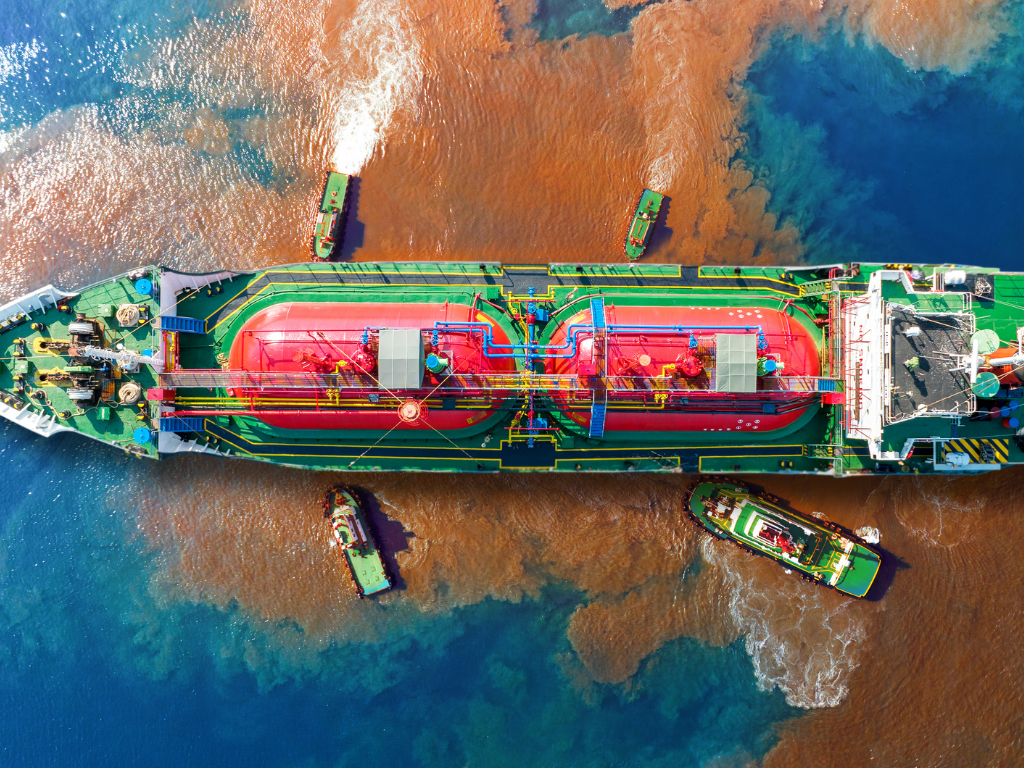
Environmental Impact of Shoreline Spills
Shoreline spills can devastate ecosystems, with long-term consequences that affect biodiversity, water quality, and human livelihoods.
Effects on Aquatic Life
- Marine Animals: Oil coats marine mammals and birds, impairing their ability to swim or fly and causing hypothermia.
- Fish and Invertebrates: Toxic chemicals contaminate water, affecting fish and invertebrates’ reproductive and survival rates.
- Plant Life: Mangroves, marshes, and seagrasses can suffocate due to oil coverage.
Human and Economic Impact
- Fisheries and Tourism: Contaminated waters affect fishing and tourism industries.
- Health Hazards: Direct contact with spilled substances can cause health issues for humans.
- Cleanup Costs: Expensive operations involving personnel, equipment, and restoration projects.
Response and Cleanup Strategies for Shoreline Spills
Immediate Response Measures
- Containment Booms: Prevent further spread by trapping oil on water surfaces.
- Skimmers and Vacuums: Remove oil from the water’s surface.
- Chemical Dispersants: Break down oil into smaller particles for faster biodegradation.
Shoreline Cleanup Techniques
- Manual Cleanup: Workers remove oil manually using shovels and rakes.
- Pressure Washing: High-pressure hoses clean oil-covered surfaces.
- Bioremediation: Applying bacteria and enzymes to break down oil naturally.
- Natural Recovery: Allowing natural processes like oxidation and evaporation to remove contaminants.
Factors Influencing Cleanup Decisions
Decisions on cleanup methods depend on several factors:
- Type of Oil Spilled: Light oils evaporate quickly, while heavy oils persist longer.
- Shoreline Type: Rocky shores may require different techniques than sandy beaches.
- Environmental Sensitivity: Protecting habitats critical to wildlife.
- Weather and Tides: Wind and water currents influence oil movement.
The Role of AQUAQUICK 2000 in Cleaning Shoreline Spills
AQUAQUICK 2000 is an environmentally safe and effective solution for cleaning shoreline spills. This biodegradable product accelerates the breakdown of oil and hazardous chemicals, restoring contaminated areas naturally.
Why Choose AQUAQUICK 2000?
- Eco-Friendly: Non-toxic to marine life and plant habitats.
- Effective Biodegradation: Enhances natural breakdown processes like oxidation and evaporation.
- Versatile Application: Suitable for various shoreline types and spill severities.
Using AQUAQUICK 2000 ensures that affected areas can recover faster while minimizing environmental damage. Its application supports long-term ecological sustainability and protection for aquatic ecosystems.
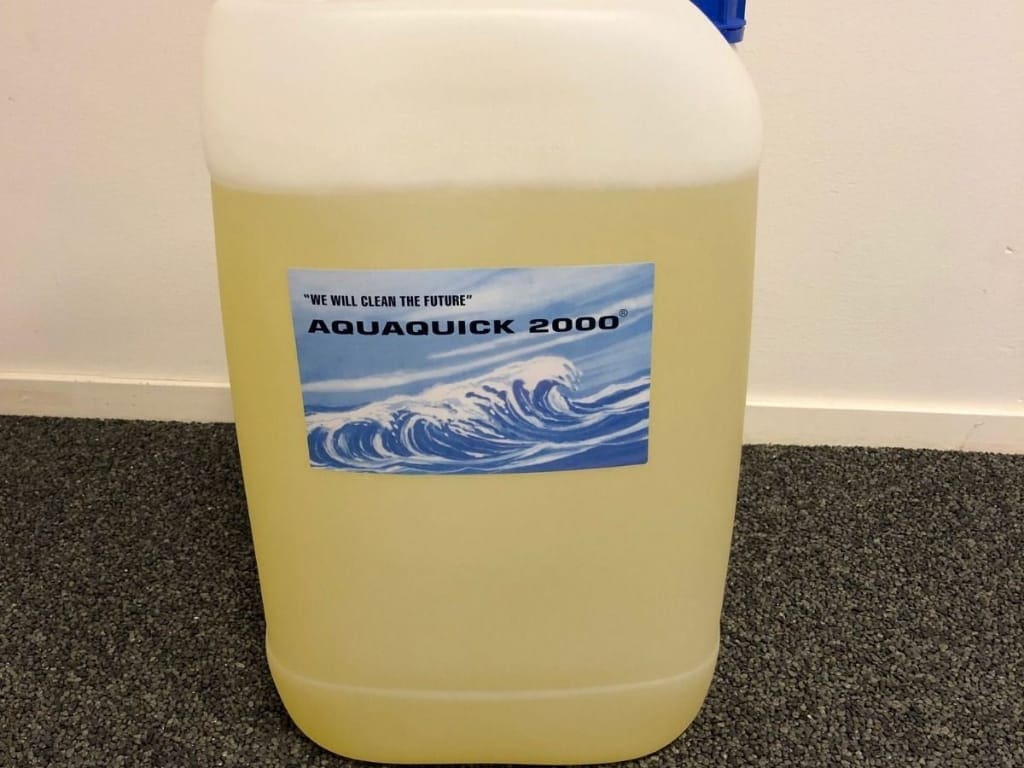
Preventing Shoreline Spills
Prevention is the best defense against shoreline spills. Key preventive measures include:
Industry Regulations and Compliance
- Strict Monitoring: Regular inspections of oil production and transport systems.
- Updated Technology: Investing in modern spill prevention and detection equipment.
- Training Programs: Educating workers on spill prevention protocols.
Community Awareness and Preparedness
- Public Education: Raising awareness about environmental risks and safety measures.
- Local Emergency Plans: Establishing community response plans for spill incidents.
Future Prospects and Technological Innovations
Emerging technologies promise better spill detection and response systems:
- Remote Sensing: Satellite imaging to detect spills early.
- Robotic Cleaners: Automated devices for precise oil removal.
- Advanced Bioremediation: Genetic engineering of microbes for faster oil breakdown.
Conclusion
Shoreline spills remain a significant environmental challenge, affecting ecosystems, economies, and public health. Preventive measures, timely response, and eco-friendly solutions like AQUAQUICK 2000 are essential for mitigating their impact. By adopting sustainable practices and innovative technologies, we can protect our vital marine and freshwater habitats for future generations.

